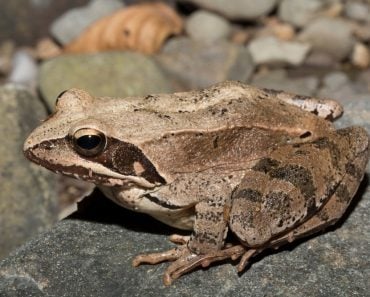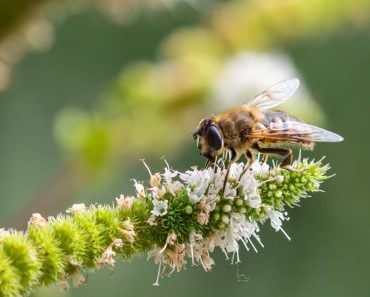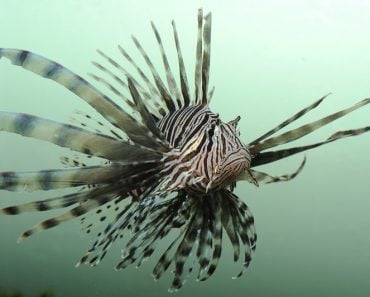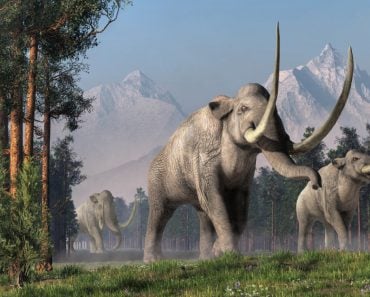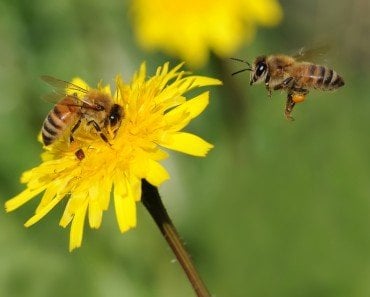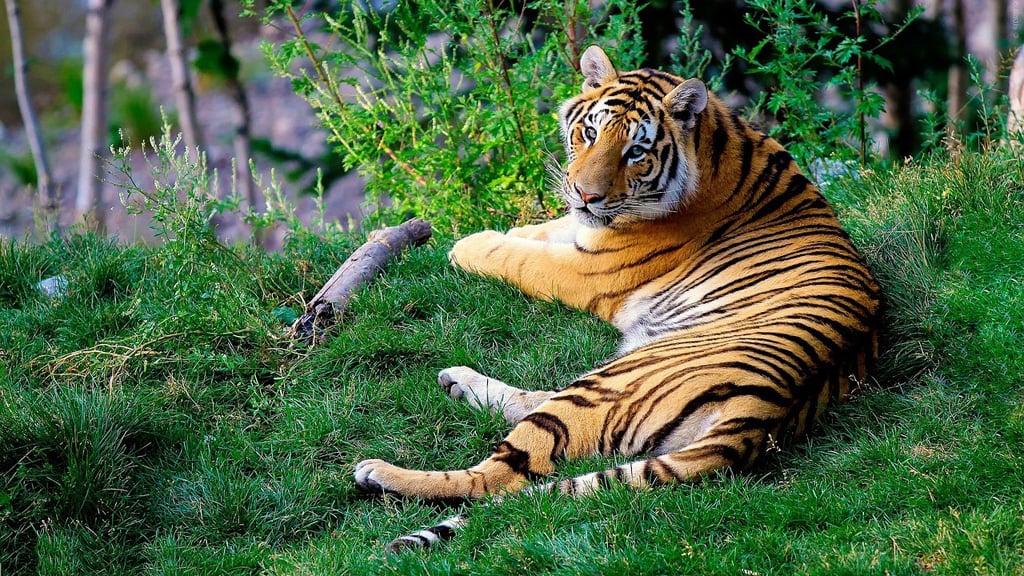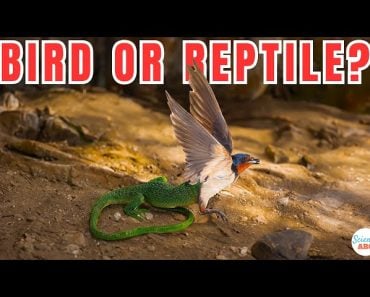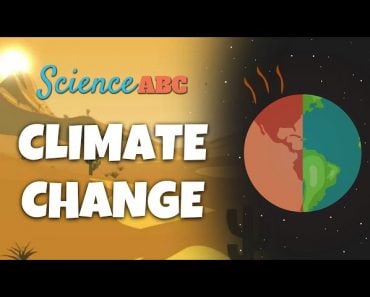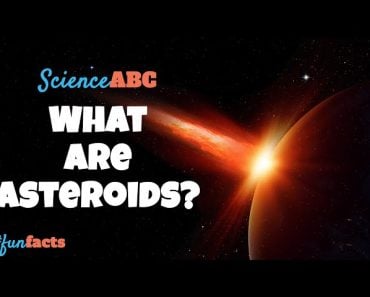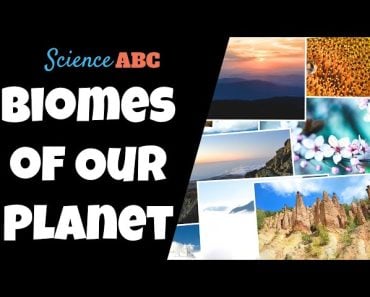Extinction means total wipeout of the species from the planet. Endangered means species nearing extinction. Amazon wildfires will endanger its biodiversity.
Imagine walking in the park and hearing no birds chirp. Or think of your child asking you why can they never see a particular animal anymore that existed when you were young? The recent news of Amazonian wildfires is inching us closer to this being a terrible reality.
Extinction means that the existence of a particular species is completely wiped out from the planet. It is an irreversible form of damage, since neither a single male and female species member is present to procreate. Endangered, on the other hand, means that a species is nearing extinction. Due to climatic changes and recent human activities where natural resources are being overexploited, many species are becoming endangered.
Recommended Video for you:
What Are The Reasons For Extinction? Are We The Only Ones To Blame?
We can relieve ourselves of some guilt. We certainly did not cause the extinction of the dinosaurs, simply because we weren’t present. With that in mind, what are the other causes apart from humans that can drive an entire species to extinction? The earth has always been changing. Millions of years ago, most of the plant was covered by ice (an Ice Age).
When the planet started growing warmer due to the melting of glaciers, many species could not adapt to a warmer climate and became extinct. Certain natural disasters like volcanic eruptions, tsunamis, wildfires and earthquakes cause the extinction of native inhabitants who are not present anywhere else in the world. Therefore, the extinction of the Woolly Mammoth and the Saber-toothed tiger was due to nature, rather than humans.
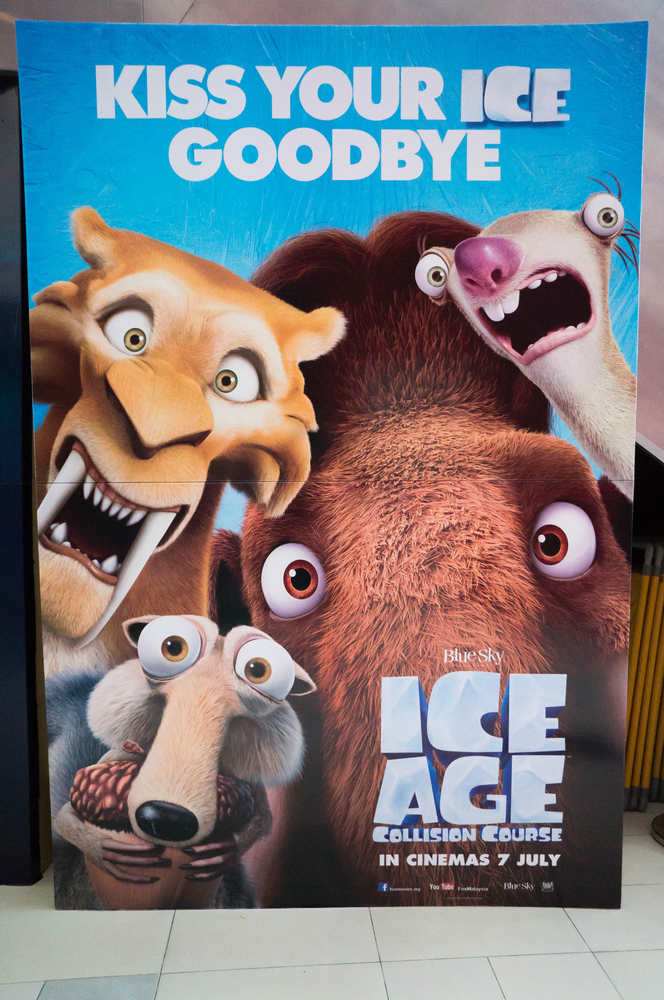
However, we are responsible for the extinction of passenger pigeons, dodo birds, the great auk, western African black rhinoceros, Pyrenean Ibex, Tasmanian tigers and many, many more. All the above-mentioned species have become extinct due to illegal hunting and poaching, pollution, destroying their habitats for farming and killing them for meat. Pesticides not only pollute the soil, but also affect the entire animal kingdom, from aquatic animals to birds. Due to DDT being used by farmers, bald eagles were eating fish polluted by this pesticide and dying, for example.
Another reason for extinction can be damaging intricate ecosystems by introducing new species in the environment and harming the existence of others. Such species, when introduced to a new environment, thrive so well that they force the native species towards extinction by hunting them. This brings us to another explanation for extinction—‘survival of the fittest’.
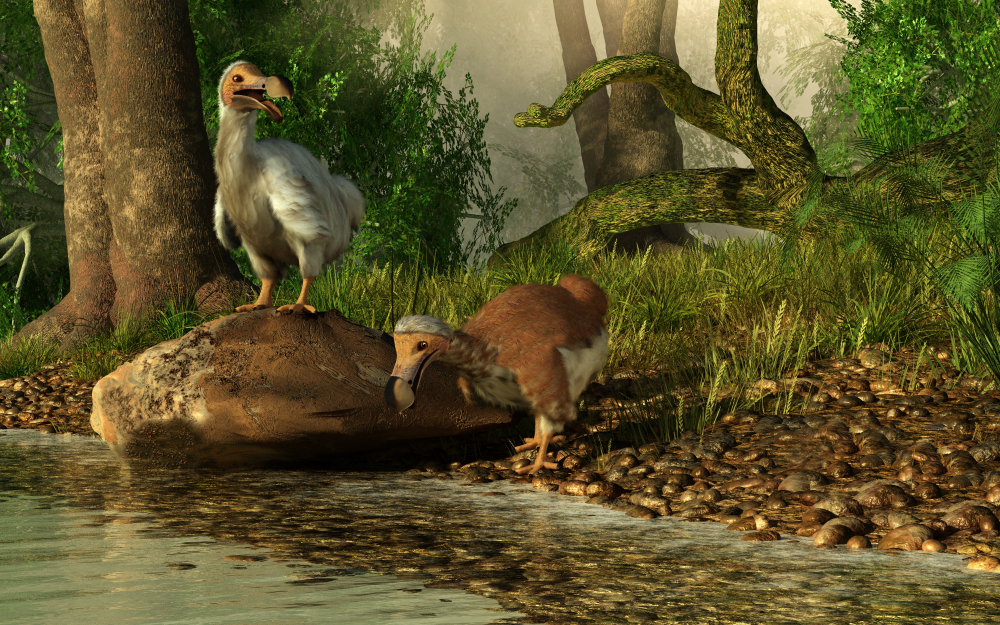
What Is Survival Of The Fittest?
The term was introduced by Charles Darwin to explain the evolution of species. Also known as natural selection, survival of the fittest refers to species that are better adapted for the environment in which they locally thrive. This theory explains why some species naturally become extinct because they could not adapt at the same rate as the changes in their environment. However, this does not mean the literal word that they are the ‘fittest’; these species may not be the strongest or the fastest, but can simply adapt quicker to the immediate changes around them and thrive.
Also Read: What Is The Role Of Humans In Modern Extinction?
How Do We Categorize Species As Endangered?
According to the World Wildlife Fund (WWF), species fall under one of the following 8 categories-
- Least concern (Arctic Fox)
- Near Threatened (Plains Bison)
- Vulnerable (African Elephant)
- Endangered (Tigers)
- Critically Endangered (Orangutans)
- Extinct in the wild (Scimitar-horned Oryx)
- Extinct (Pinta Island Tortoise)
- Data deficient – meaning that there isn’t sufficient data available to categorize the species, such as Orca Whales.
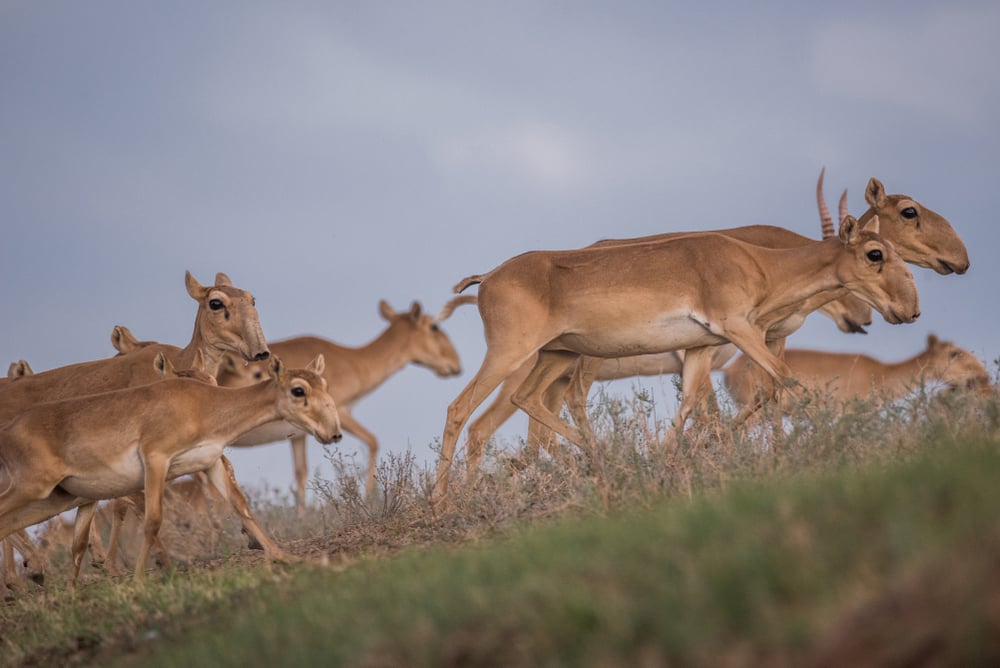
Endangered species are further divided into three subcategories-
- Critically Endangered – This species is at an extremely high risk of extinction.
- Endangered — A species facing a very high risk of extinction in the wild.
- Vulnerable — A species facing a high risk of extinction.
This is collectively known as the Red List. 96,500 species have been assessed for the Red List and more than 26,500 are threatened with extinction. This includes 40% amphibians, 34% conifers, 33% corals, 31% sharks, 27% crustaceans, 25% mammals and 14% birds.
The Red List is frequently assessed by the WWF and the positions of the species are down-listed according to the progress made to save them. Due to ‘Project Tiger’ in India, Bengal tigers increased from 1477 to 2500 and were removed from the endangered list. Giant pandas have also been down-listed from ‘endangered’ to ‘vulnerable’ due to conservation efforts by China.
Also Read: What Is Species Extinction And What Do We Lose When A Species Goes Extinct?
How Will The Recent Wildfires In The Amazon Rainforest Impact Species?

The Amazon rainforest is the largest tropical rainforest in the world. It is also known as the lungs of the earth as it contributes 20% of the world’s oxygen. The rainforests have been burning for more than 2 weeks and the smoke can be seen from space, given how massive the blaze is. The Amazon is home to 2.5 million insects, 40,000 plant species, 1,300 species of birds, 3,000 different fish and 430 mammals. These catastrophic wildfires are putting a very rich and biodiverse area at risk and pushing more rare species to become endangered. Native flora and fauna will face a high risk of extinction.
We are all aware of the various environmental hazards we have caused, but the species are suffering in silence. It is time to begin the charity at home and take our own small steps to reduce our carbon footprint. Reuse paper, carpool, walk short distances, don’t shoot animals for sport, ban plastics at home… do your own bit in your own way to repay our collective debt to the planet.
References (click to expand)
- Endangered Species | National Wildlife Federation. The National Wildlife Federation
- Endangered Species - National Geographic Society. National Geographic
- Learn more about Threatened and Endangered Species. The Environmental Protection Agency
- What does 'endangered species' mean? | Pages - WWF. The World Wide Fund for Nature Inc.
- What is the difference between a threatened and endangered .... The National Ocean Service
- What are the differences between endangered, threatened .... The United States Geological Survey

